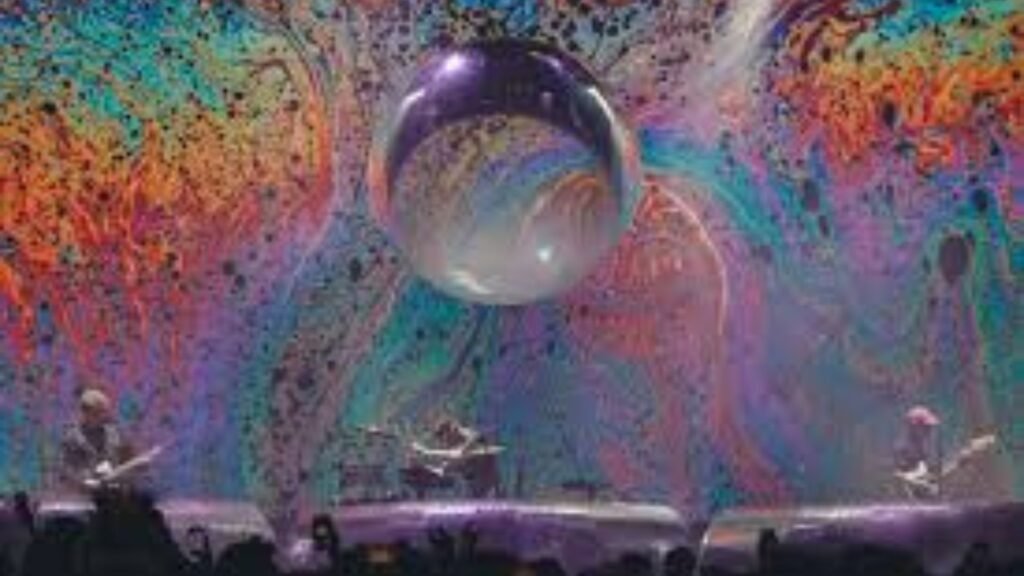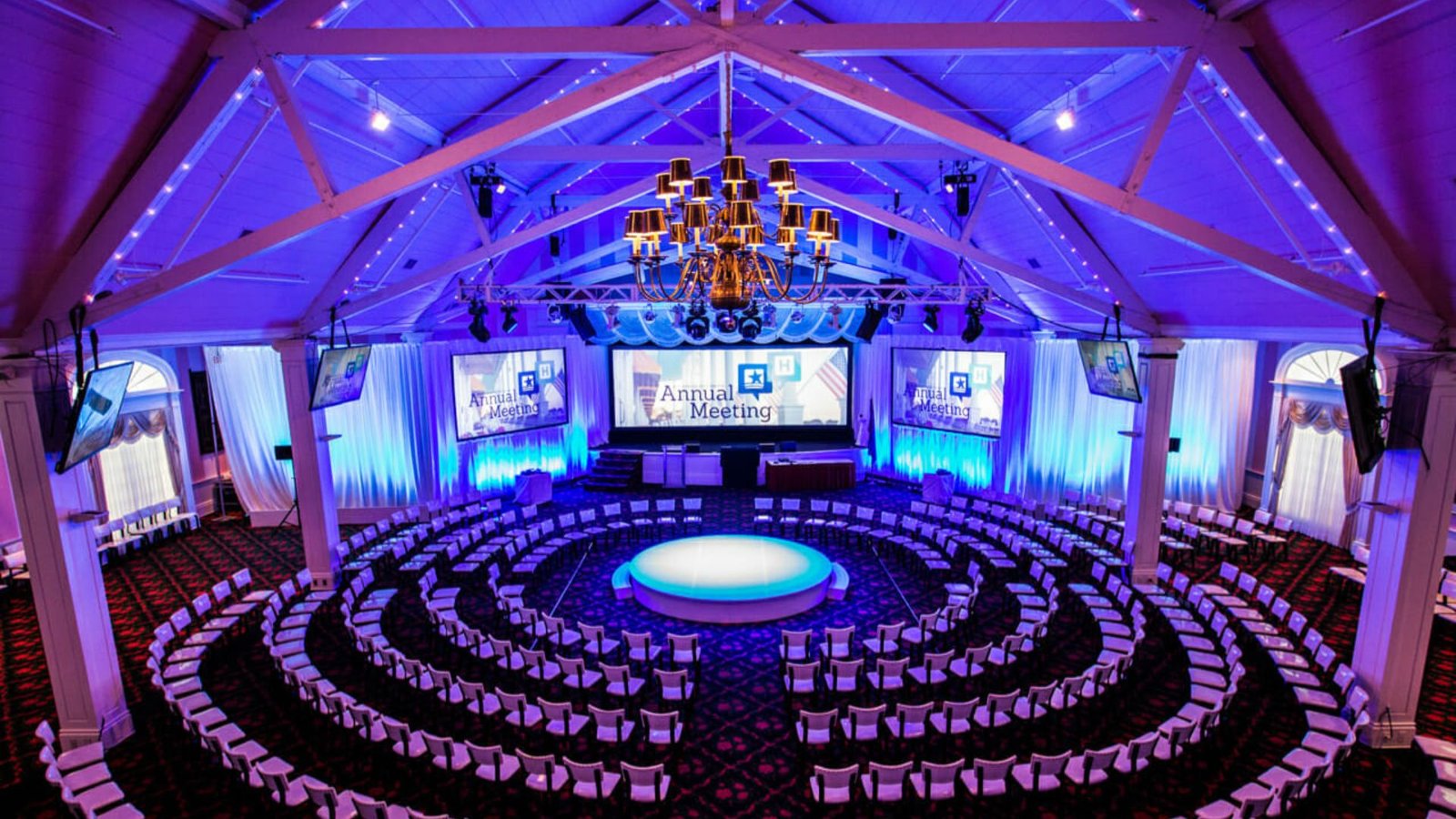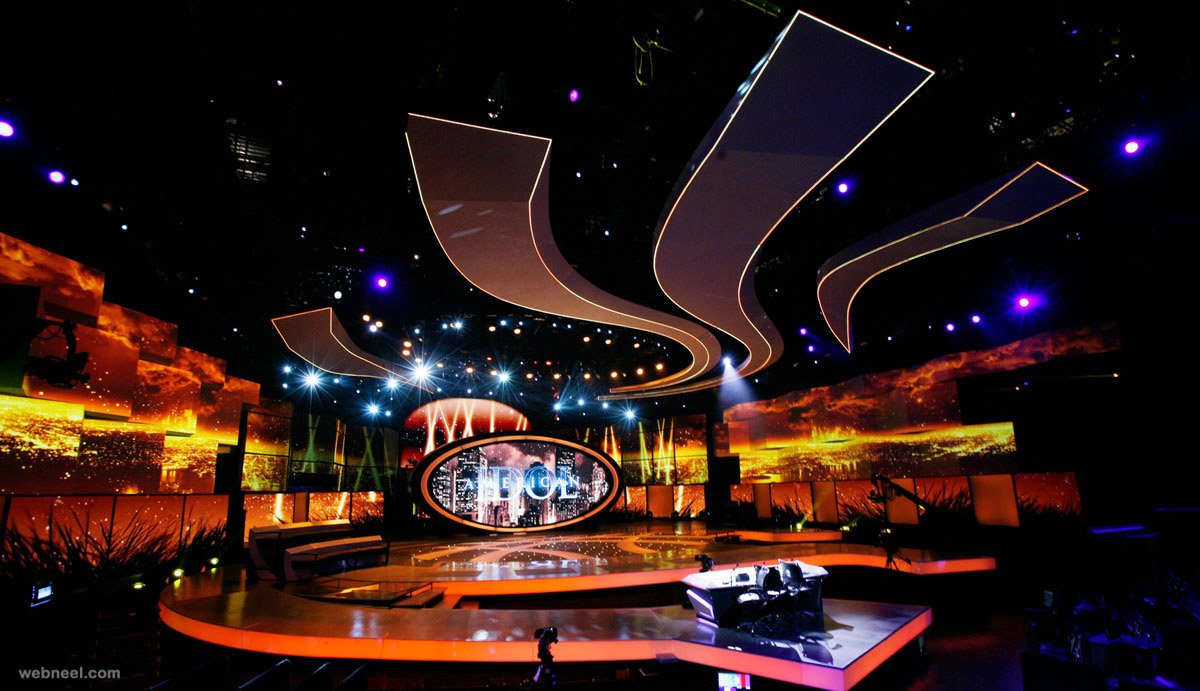Creating immersive experiences through stage design is key to making live theater unforgettable. Effective stage design not only sets the scene but also draws the audience into the world of the performance. By using innovative design techniques, stage designers can transport viewers to different places and times, making the story come alive in new ways. In this blog post, we will explore how stage design creates immersive experiences and why it is so important for engaging audiences.

Setting the Scene with Detailed Design
To begin with, detailed stage design plays a crucial role in setting the scene and creating an immersive experience. When the stage design is rich and detailed, it helps build a convincing world that draws the audience in. For instance, if a play is set in a bustling market, the stage can be designed with vibrant colors, realistic props, and intricate details that mimic a real marketplace. This attention to detail helps the audience feel as though they are truly in the setting of the story, making the performance more engaging and believable.
Using Lighting to Enhance Atmosphere
Another important aspect of creating immersive experiences is using lighting effectively. Lighting can dramatically change the atmosphere of a scene and influence how the audience perceives the story. For example, warm, soft lighting might be used to create a cozy, intimate setting, while harsh, bright lights can convey tension or urgency. Additionally, dynamic lighting effects, such as shifting colors and intensities, can enhance the mood and add depth to the stage design. By using lighting creatively, designers can help immerse the audience in the story and amplify the emotional impact of the performance.
Incorporating Sound and Music
Incorporating sound and music is another way stage design enhances immersion. Sound effects and background music can complement the visual elements of the stage and create a more immersive experience. For instance, the sound of a bustling crowd or the distant rumble of thunder can make a scene feel more realistic. Music can also help set the tone and reinforce the emotions of a scene. By carefully integrating sound and music, designers can enrich the audience’s experience and make the world of the performance feel more alive and engaging.
Designing Interactive Elements
Moreover, designing interactive elements can further enhance the immersive experience. Interactive stage designs allow the audience to become more involved in the performance. For example, some productions use interactive set pieces that move or change in response to the actors’ actions. This interaction can make the audience feel like they are part of the performance and increase their engagement. Additionally, immersive designs might include audience participation, where viewers are invited to interact with the stage or actors. These interactive elements create a more dynamic and memorable experience for the audience.
Creating Dynamic and Transformative Sets
Creating dynamic and transformative sets is another way to immerse the audience in the performance. Dynamic sets can change throughout the show, reflecting different locations or time periods. For instance, a rotating stage or moving set pieces can quickly transform the environment from a cozy living room to a bustling city street. This ability to change and adapt keeps the audience engaged and helps them follow the story more easily. By designing sets that can transform seamlessly, designers enhance the immersive experience and keep the performance fresh and exciting.
Leveraging Technology for Immersion
Finally, leveraging technology is an increasingly popular way to create immersive experiences. Modern stage designs often use digital projections, augmented reality, and other technologies to enhance the performance. Digital projections can display intricate backgrounds and animations that bring the stage to life. Augmented reality can add interactive elements that blend with the physical set. These technologies offer new possibilities for creating immersive environments and can make the performance more visually stunning and engaging. As technology continues to advance, its role in stage design will likely expand, offering even more opportunities for immersion.
Conclusion
In conclusion, creating immersive experiences through stage design is essential for engaging audiences and making live theater unforgettable. By setting the scene with detailed designs, using lighting and sound creatively, incorporating interactive elements, designing dynamic sets, and leveraging technology, stage designers can transport viewers into the world of the performance. These techniques help build a convincing and captivating environment that enhances the overall experience and keeps the audience fully engaged. As theater continues to evolve, the importance of immersive stage design will remain central to delivering exceptional and memorable performances.




